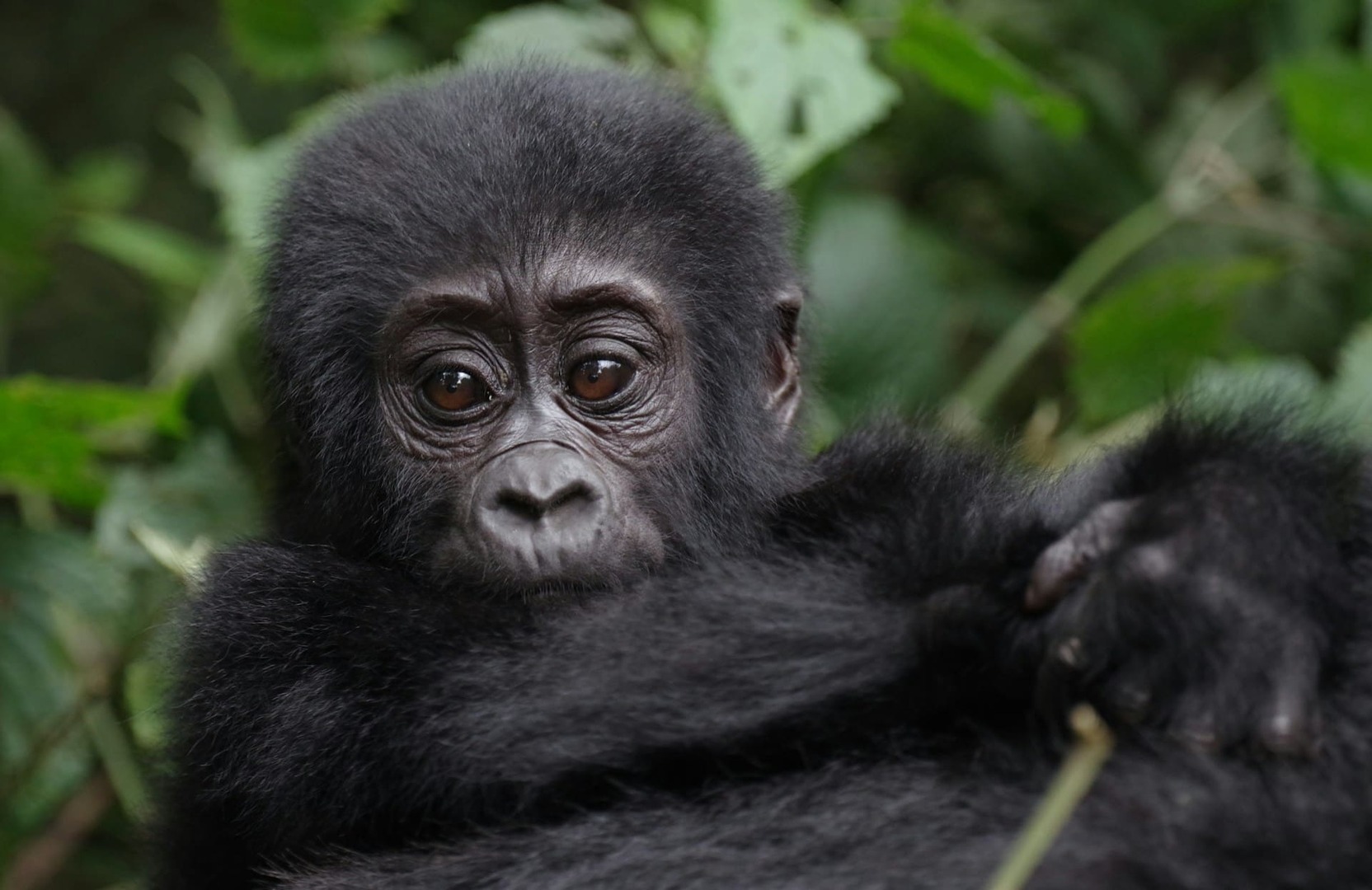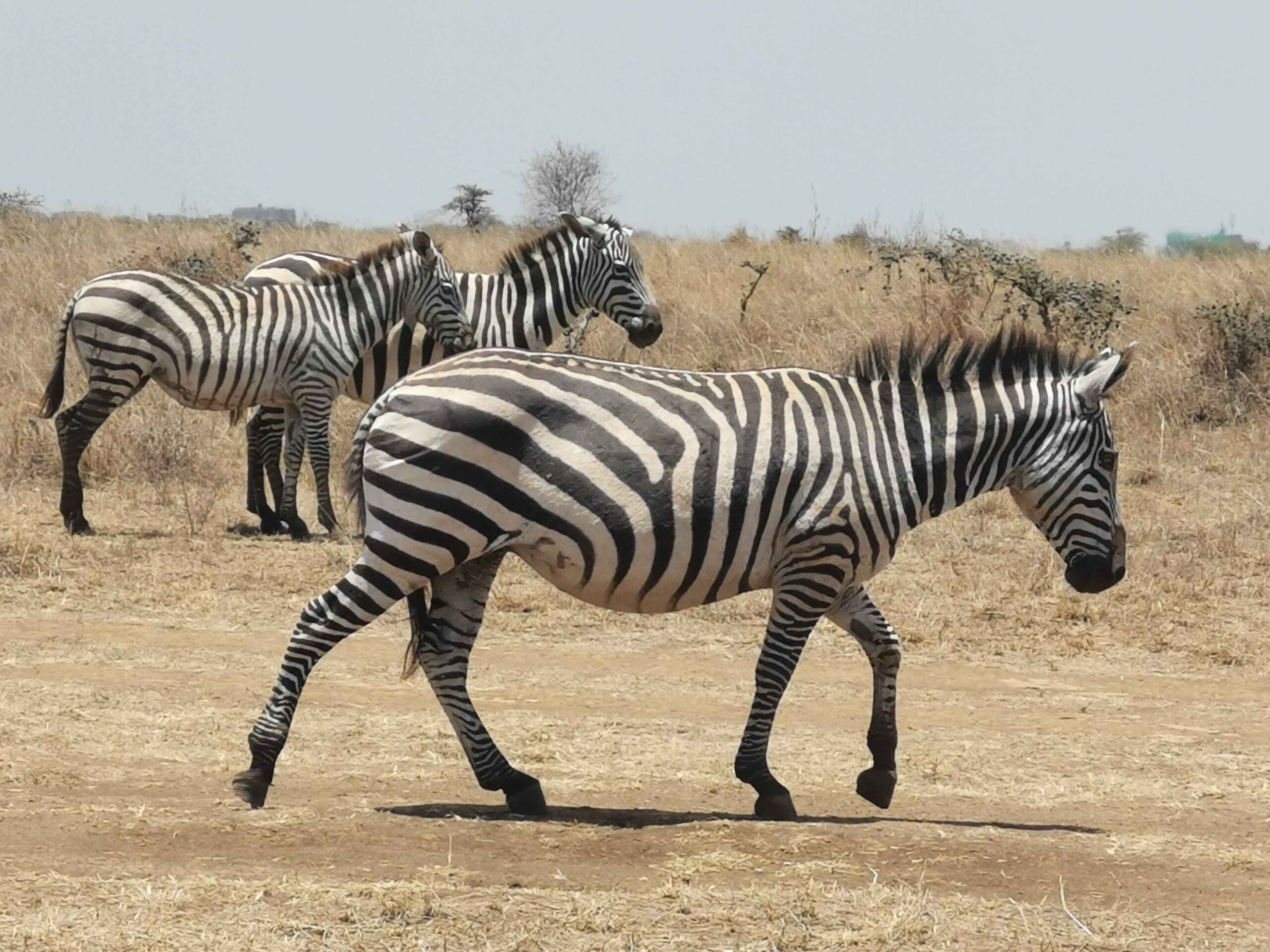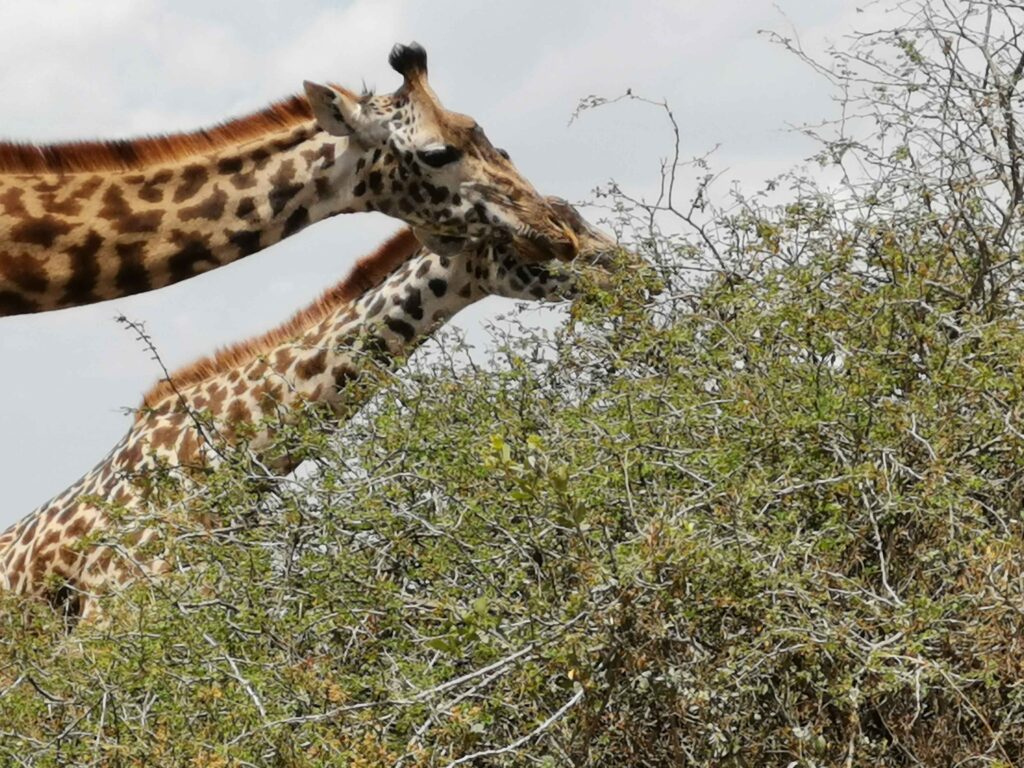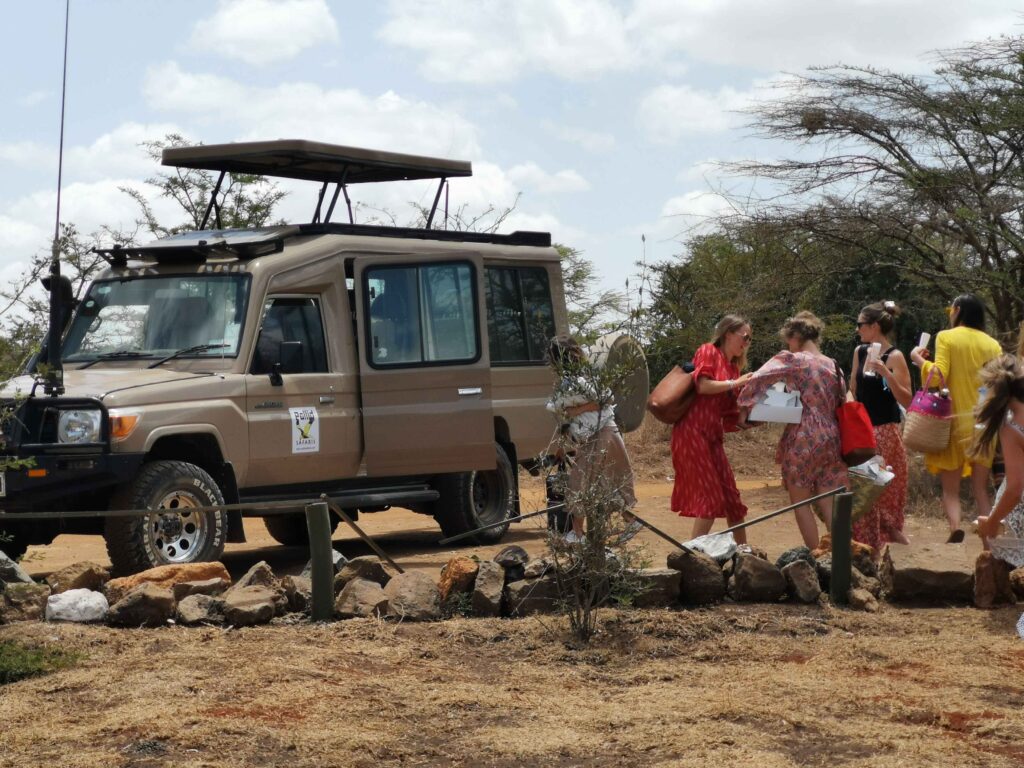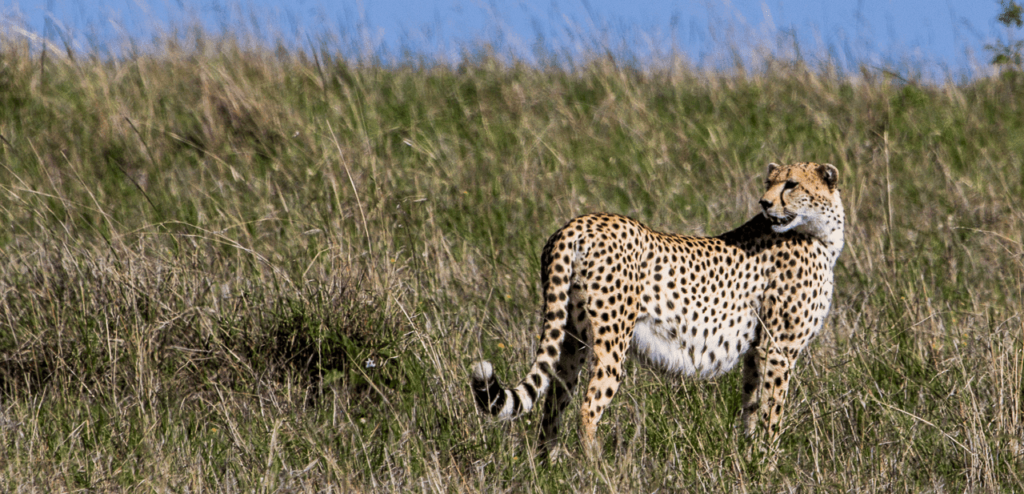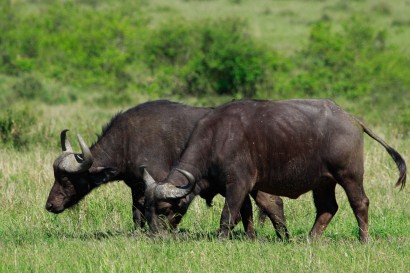Hyenas or hyaenas are mammals of the family hyaenidae. With only four extant species it is the fifth-smallest family in order Carnivora. Despite their low diversity, hyenas are unique and vital components of most African ecosystems.
Ugly’, ‘cowardly’, ‘thieving’… It seems that nobody has anything good to say about Africa’s commonest large carnivore, the spotted hyena. Look beyond the popular prejudice, however, and you’ll find a complex, efficient and versatile predator, with some fascinating secrets.

Though they resemble dogs, the four species of hyena—spotted, striped, brown and the aardwolf—are actually more closely related to cats, and closest to mongooses and civets. Spotted hyenas (Crocuta crocuta), also known as laughing hyenas, live in forests, swamps, deserts and mountains throughout Africa.
They are the best-known, biggest (up to 189 pounds, though 135 is typical), most numerous and strangest hyenas, and not just because of their sloping profile and demented “laugh”—a high-pitched cackle they emit when frightened or excited. Spotted hyenas are also gender-benders and role reversers.
Spotted hyenas are one of Africa’s top predators; however, there is a common misconception that they are primarily scavengers. On the contrary, about 70 percent of their diet is composed of direct kills. A spotted hyena’s heart is twice the weight of a lion’s, in proportion to its body mass. This gives it enough stamina to pursue its prey for up to 5 km.
They consume animals of various types and sizes, carrion, bones, vegetable matter, and other animal droppings. Their jaws are among the strongest in relation to the size of any other mammal. Their jaws and digestive tract allow them to process and obtain nutrients from skin and bones.
The only parts of prey not fully digested are hair, horns, and hooves — these are regurgitated in the form of pellets. The high mineral content of the bones makes their droppings a highly visible, chalky white.
Hyenas make a variety of vocalizations, including wailing calls, howling screams, and the well-known “laughter,” which can be heard up to five kilometers away (three miles) and is used to alert other clan members of a food source.
Males in most hyena species are larger than females, though the spotted hyena is exceptional, as it is the female of the species that outweighs and dominates the male. Also, unlike other hyenas, the female spotted hyena’s external genitalia closely resembles that of the male’s and includes a ‘pseudopenis’, through which she urinates, copulates and gives birth. This explains why ancient civilizations believed hyenas to be hermaphrodites.
Mating between hyenas involves a number of short copulations with brief intervals, unlike canids, who generally engage in a single, drawn out copulation. Spotted hyena cubs are born almost fully developed, with their eyes open and erupting incisors and canines, though lacking adult markings and within minutes siblings are fighting one another to establish dominance.
The mother has only two nipples; in a litter of three, the least aggressive cub will usually starve. Spotted hyenas suckle their young for up to 18 months – much longer than most carnivores. This is probably a necessity, as most kills are made far from the den, and hyenas, unlike jackals and hunting dogs, do not bring back food and regurgitate it for their young.
At about one year, cubs begin to follow their mothers on their hunting and scavenging forays. Until then, they are left behind at the den with a babysitting adult. Cubs inherit their mother’s rank, and the higher it is, the more likely her cubs will reach adulthood and reproduce: status ensures powerful allies, extra protection and a bigger share of the food. The effects of a mother’s status can be stark.
In contrast, striped hyena cubs are born with adult markings, closed eyes and small ears. Hyenas do not regurgitate food for their young and male spotted hyenas play no part in raising their cubs.
Spotted hyenas are organized into territorial clans of related individuals. The center of clan activity is the den, where the cubs are raised, and individuals meet. They mark and patrol their territories by depositing a strong-smelling substance produced by the anal glands on stalks of grass along the boundaries. “Latrines,” places where members of a clan deposit their droppings, also mark territories.
As human populations expand and growth of agriculture, settlements, and roads results, wildlife is losing space in which it was previously able to roam freely. Like many carnivores, hyenas come into conflict with humans when they prey on livestock.
They are often seen as a pest species, which often results in retaliatory killings by farmers — especially by poisoning and that is why it is important for the communities to construct bomas — livestock enclosures — that protect livestock from predators and ultimately mitigates human-wildlife conflict.

